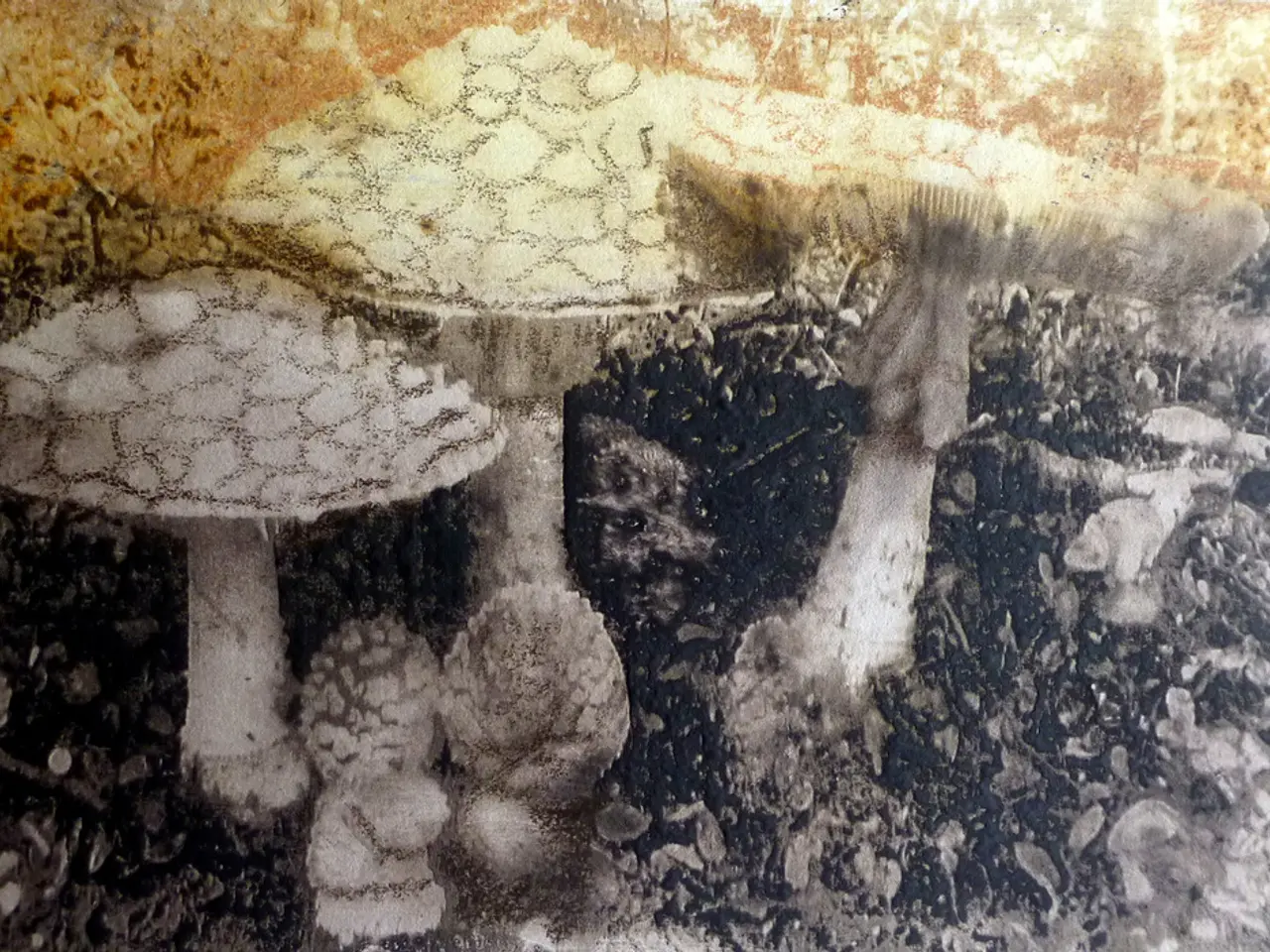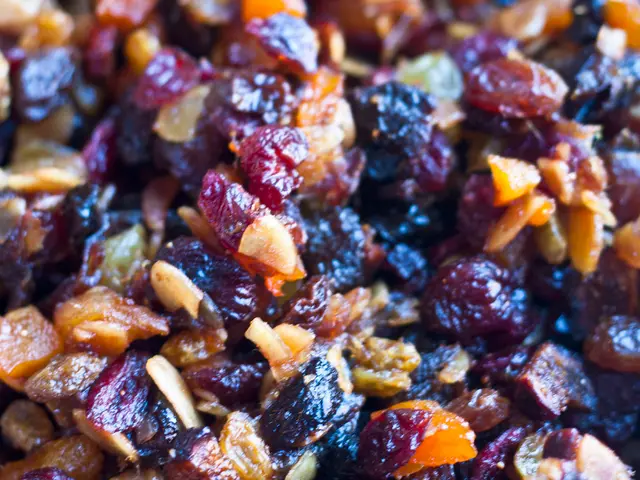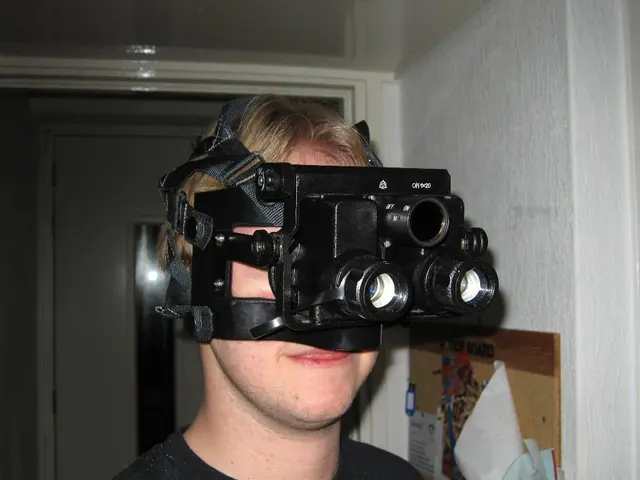BfS Warns: Mushroom Radiation Levels Vary, Highest in Southern Germany
The Federal Office for Radiation Protection (BfS) has published its annual mushroom report, offering consumers a guide to make informed decisions about wild-growing mushrooms in Germany. The report highlights varying levels of caesium-137, a radioactive substance present in some species due to historical nuclear incidents.
The BfS report reveals that mushrooms in southern Germany can contain more than 600 becquerels of caesium-137 per kilogram, exceeding the limit for mushrooms in trade. Over the past three years, common field mushrooms, brown common field mushrooms, and ivory funnel caps showed the highest levels, sometimes surpassing 2,000 becquerels per kilogram. The report also notes that certain types of Boletus (porcini) and Cortinarius species had the highest cesium-137 levels nationwide.
The mushroom report provides detailed measurements for various species, indicating which contain hardly any caesium-137 and which can have higher values. For instance, trumpet-shaped paddy straw mushrooms, chestnut mushrooms, and velvet foot mushrooms also exhibited high levels, while some species contained less than 5 becquerels per kilogram. The report is based on annual measurements from selected locations across Germany.
The BfS assures that consuming mushrooms collected in Germany is generally harmless due to low radiation levels. However, occasionally eating mushrooms with higher caesium-137 values may slightly increase one's radiation dose. The mushroom report helps consumers make informed choices, allowing them to enjoy wild mushrooms responsibly. The current edition is available online for anyone interested in learning more about the radiation levels in common mushroom species.







